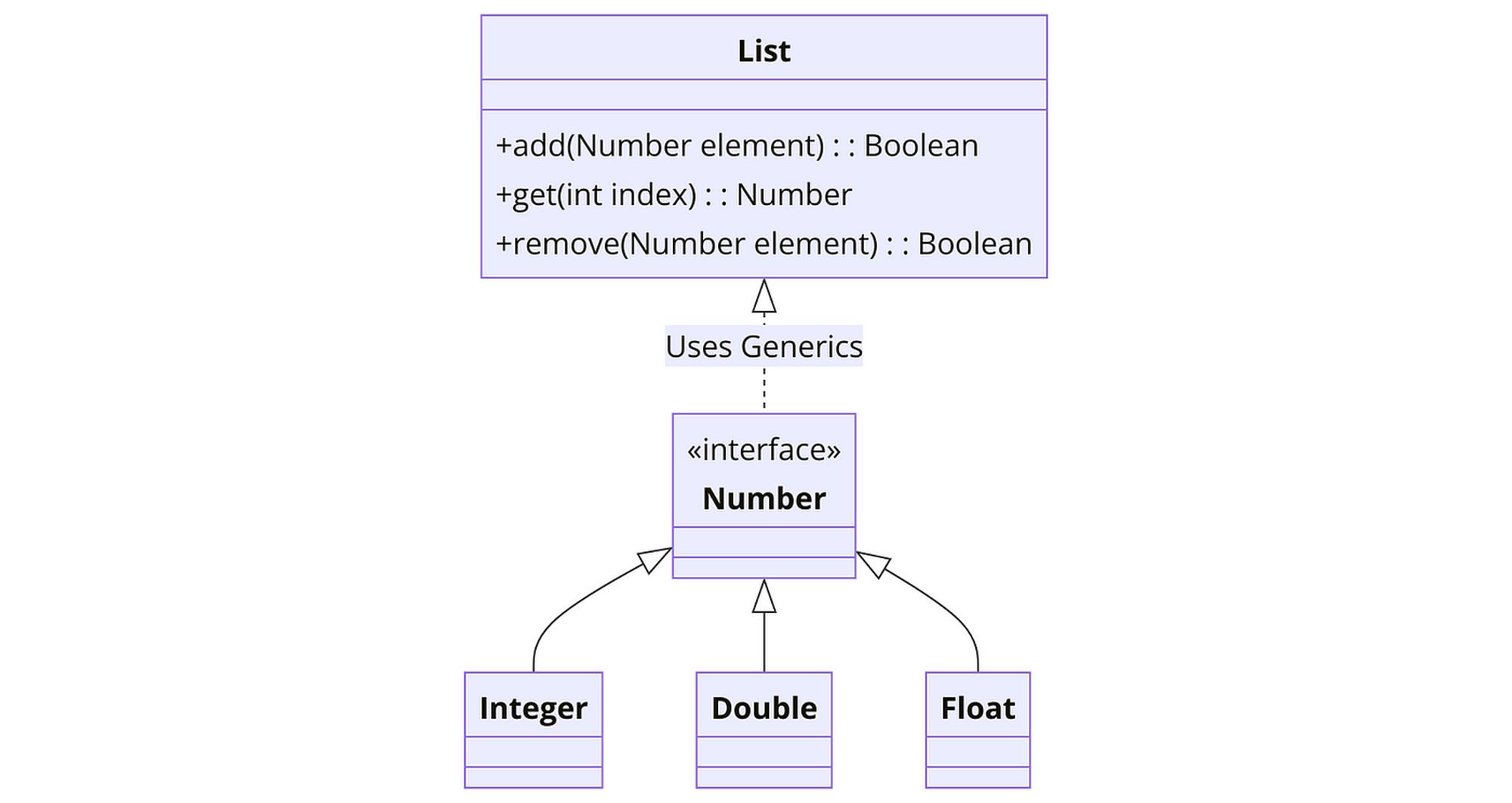
Generic types might sound complicated, but they’re super useful in programming. Ever wondered why your favorite apps don’t crash every time you use them? It’s partly because of generic types! These handy tools help developers write flexible, reusable code. Imagine having a box that can hold anything—books, toys, or even snacks. That’s what generic types do for code. They allow programmers to create functions and classes that work with any data type. This means fewer bugs and more efficient programs. Ready to learn some cool facts about generic types? Let’s dive into the world of coding magic!
What Are Generic Types?
Generic types are a powerful feature in programming languages like Java and C#. They allow developers to create classes, methods, and interfaces with a placeholder for the type of data they store or use. This makes code more flexible and reusable.
-
Generics were introduced in Java 5.0. Before this, Java collections could only store objects, which required casting and could lead to runtime errors.
-
C# introduced generics in version 2.0. This addition made the language more robust and type-safe.
-
Generics improve type safety. By specifying the type of objects a collection can hold, you reduce the risk of runtime errors.
-
They eliminate the need for casting. With generics, you don't need to cast objects when retrieving them from a collection.
-
Generics can be used with classes, methods, and interfaces. This makes them extremely versatile in various programming scenarios.
Benefits of Using Generic Types
Using generics offers numerous advantages, making your code cleaner and more efficient. Here are some key benefits:
-
Code reusability. You can write a single class or method that works with different data types.
-
Performance improvement. Generics can lead to better performance because they eliminate the need for boxing and unboxing.
-
Compile-time type checking. Errors are caught at compile time rather than at runtime, making your code more reliable.
-
Cleaner code. Generics make your code easier to read and maintain by reducing redundancy.
-
Enhanced readability. Code that uses generics is often more understandable because it clearly specifies the types it works with.
Common Uses of Generic Types
Generics are widely used in various programming tasks. Here are some common scenarios where they shine:
-
Collections. Most collection classes in Java and C# are generic, allowing them to store any type of object.
-
Algorithms. Generic methods can be used to implement algorithms that work with any type of data.
-
Data structures. Generics are often used in data structures like linked lists, stacks, and queues.
-
Utility classes. Classes that provide utility functions, such as sorting or searching, often use generics.
-
Event handling. Generics can be used to create event handlers that work with different types of events.
Limitations of Generic Types
While generics are powerful, they do have some limitations. Understanding these can help you use them more effectively.
-
Type erasure in Java. Java uses type erasure to implement generics, which means type information is lost at runtime.
-
No primitive types. Generics cannot be used with primitive types like int or char. You must use their wrapper classes instead.
-
Complex syntax. The syntax for generics can be complex and hard to read, especially for beginners.
-
Limited support in some languages. Not all programming languages support generics, which can limit their use.
-
Performance overhead. In some cases, using generics can introduce a small performance overhead.
Advanced Features of Generic Types
Generics offer some advanced features that can be incredibly useful in certain scenarios. Here are a few:
-
Bounded type parameters. You can restrict the types that can be used with a generic class or method using bounded type parameters.
-
Wildcard types. Wildcards allow you to use generics more flexibly by specifying a range of acceptable types.
-
Generic constructors. Constructors can also be generic, allowing them to accept different types of arguments.
-
Generic methods in non-generic classes. You can define generic methods even in classes that are not generic.
-
Type inference. Some languages can infer the type of a generic parameter, reducing the need for explicit type declarations.
Real-World Examples of Generic Types
Generics are not just a theoretical concept; they are used extensively in real-world applications. Here are some examples:
-
Java's Collections Framework. Classes like ArrayList, HashMap, and HashSet are all generic.
-
C#'s LINQ. LINQ (Language Integrated Query) uses generics to provide a powerful querying capability for collections.
-
Android Development. Generics are used in Android development for tasks like handling API responses and managing UI components.
The Final Word
We've covered some fascinating facts about generic types. From their origins to their impact on modern technology, it's clear they play a crucial role in our digital lives. Understanding these concepts can help you navigate the tech world with more confidence. Whether you're a student, a professional, or just curious, knowing about generic types can be a game-changer. They make programming more efficient, flexible, and powerful. So next time you encounter a piece of tech jargon, you'll have a better grasp of what it means and why it matters. Keep exploring, keep learning, and stay curious. Knowledge is power, and now you've got a bit more of it in your toolkit. Thanks for joining us on this journey through the world of generic types. Happy learning!
Was this page helpful?
Our commitment to delivering trustworthy and engaging content is at the heart of what we do. Each fact on our site is contributed by real users like you, bringing a wealth of diverse insights and information. To ensure the highest standards of accuracy and reliability, our dedicated editors meticulously review each submission. This process guarantees that the facts we share are not only fascinating but also credible. Trust in our commitment to quality and authenticity as you explore and learn with us.
